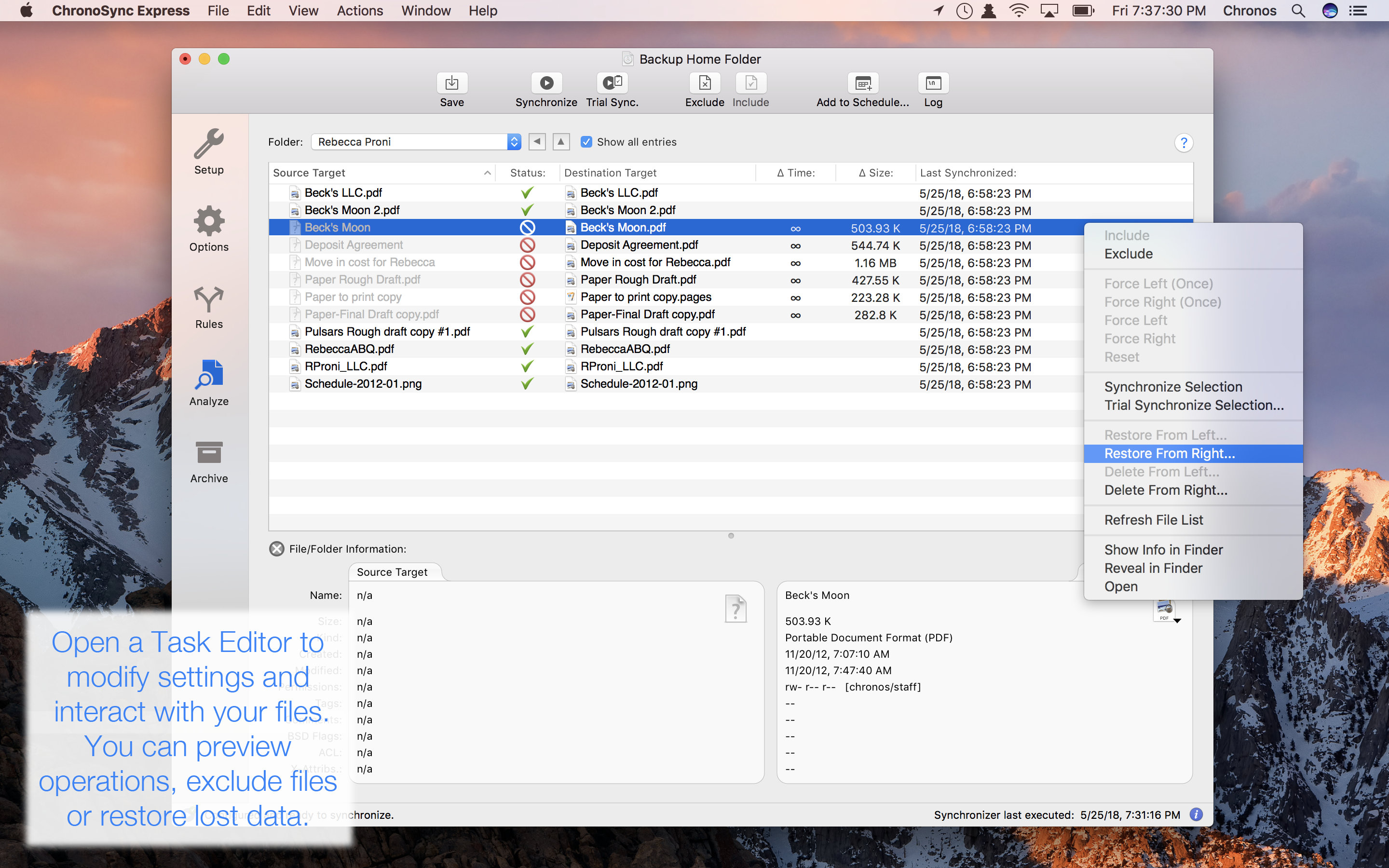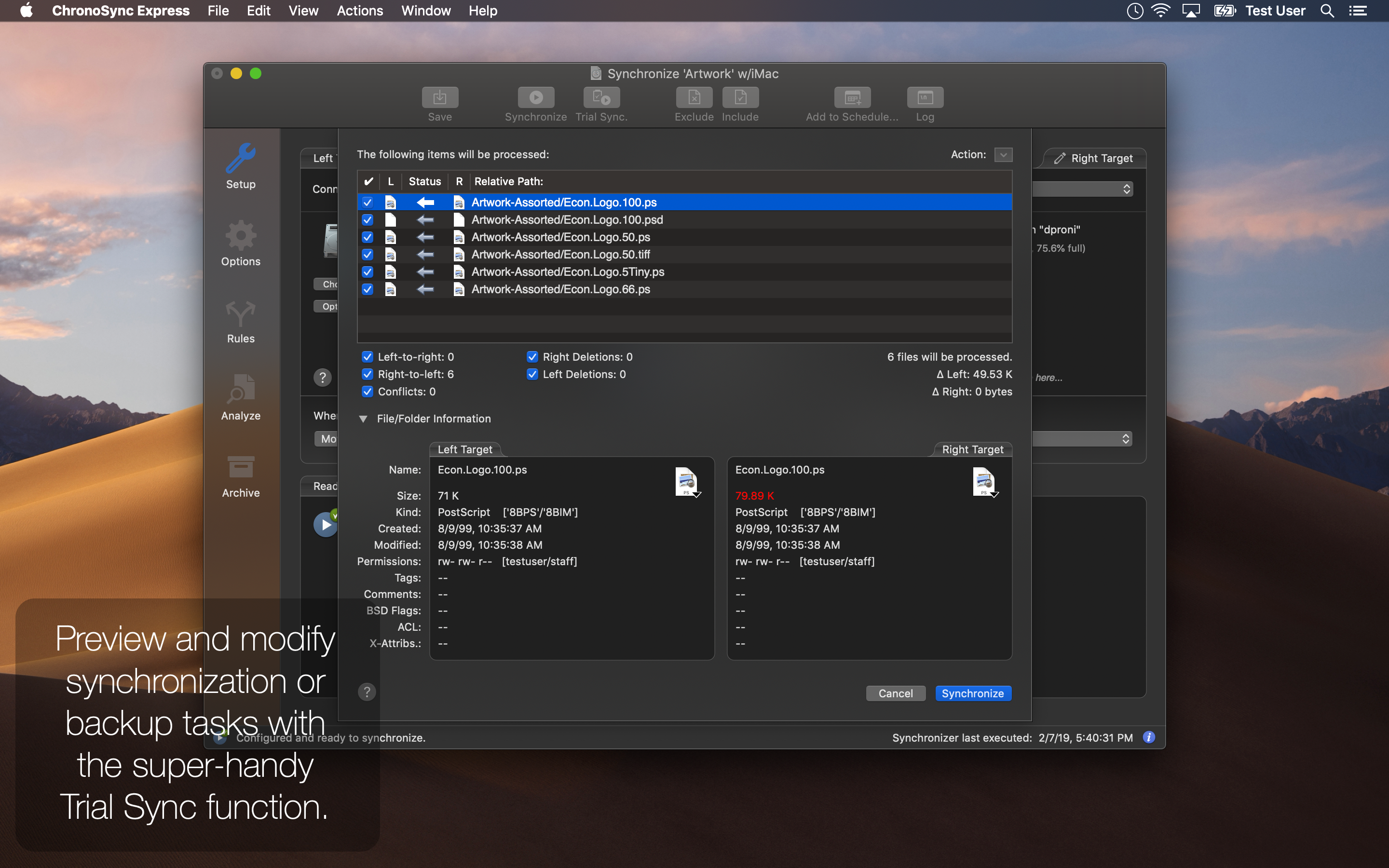

This isn't the case if burning from a folder. By choosing a DMG size that matches the capacity of a CD or DVD, you can quickly burn the disk image and be sure all your data will fit. With a DMG, whoever mounts the disk becomes the "owner" of all files.īurning to CD or DVD. Thus other users may be able to view your files but might not be able to modify them. Normally, synchronizing to a common folder doesn't work because files retain the ownership of those who created them. Sharing data with other users on a file server, or even your own machine (if you have multiple accounts). This even means you can create a clone of your Mac hard drive directly onto any other computer system. This allows you to preserve all file attributes, including Mac-style filenames such as "Research ƒ". Synchronizing to Windows or Linux file servers which do not support the HFS+ file system. In a shared environment, this will also allow the DMG to be mounted by another user. This will prevent the user from "tinkering" with the contents of the disk image. When backup is complete, we want to immediately unmount it. The "Eject disk image after synchronization" option is turned on because we will only be using this media for backup. In this instance, only ChronoSync can mount it. When on the keychain, any application can mount that disk image.

Supplying the encryption key is more secure than if the password is on the keychain. Otherwise you'll be prompted each time the DMG attempts to mount. If your DMG is encrypted, you can supply your encryption key/password so that ChronoSync will automatically mount. If that fails, the DMG simply isn't available. ChronoSync will attempt to automatically mount the DMG. The "Prompt if disk image is not mounted" option is disabled because we don't want to be asked to insert the media if it is not mounted. In this case, we will instruct ChronoSync NOT to prompt for mount, attempt to mount the disk image, and to "eject" the disk image when synchronization is complete. You can thus specify the same mounting options you would have if this media resided on a removable device.ĭepending on the nature of your backup, you may not need or want to modify any of the mounting options. This is because ChronoSync identifies the disk image as removable media. You'll notice that the "Options" button is available for the disk image target. Note: This password can be added to your keychain or in “Target Options” under the Setup Panel of the Synchronizer document. Encrypting your data will convert the data into unreadable code. Choose Encryption if you want to password-protect your data inside and prevent unauthorized access to your files.This indicates that the file itself will NOT be 4.7 GB in size, and will only grow as necessary. Although any of the options will work, this is the best option. The image format should be “sparse bundle disk image".The format should be "OS X Extended (Journaled)", the Mac native filesystem.For this guide, we're choosing 4.7 GB, which is a typical DVD capacity. The volume size should be large enough to handle the data you are synchronizing or backing up.A disk image, once created, can be copied anywhere. The name and location are completely up to you.In the dialog that appears, you must specify a few pieces of information: Launch Disk Utility from /Applications/Utilities. Several utilities are available, but the one that comes with macOS, Disk Utility, is what we will use. You can even schedule a "sync-on-mount" to be performed whenever you manually mount a disk image file. Furthermore, ChronoSync identifies a disk image as removable media so you can have ChronoSync mount it automatically and unmount it when finished. However, you can create your own disk image and make it writable, thus allowing it to be specified as a destination target. Typically, disk images are used to distribute data and applications (such as ChronoSync). The contents of these files are complete file systems and macOS can mount these file systems as regular volumes.

They are basically data files that mimic storage devices. Another form of mountable "media" that is easy to overlook, however, is a Disk Image.ĭisk Images are usually referred to by their filename extension, "DMG".

This usually means USB, FireWire, Thunderbolt, Flash and SD drives, or file servers. ChronoSync can perform a synchronization (or backup) between any block device that can be mounted on your desktop.


 0 kommentar(er)
0 kommentar(er)
